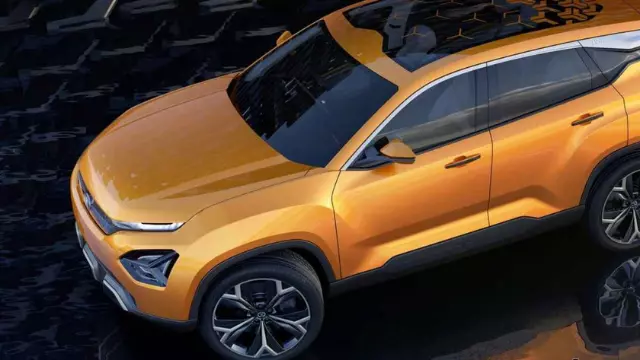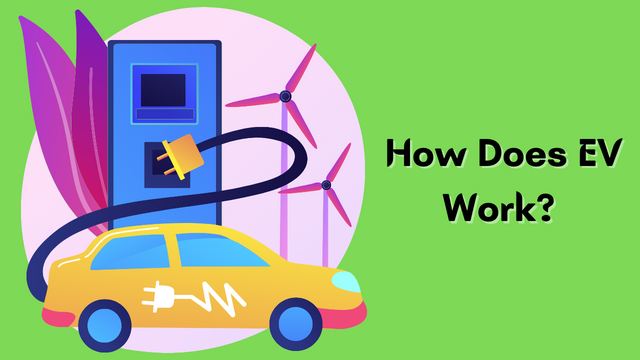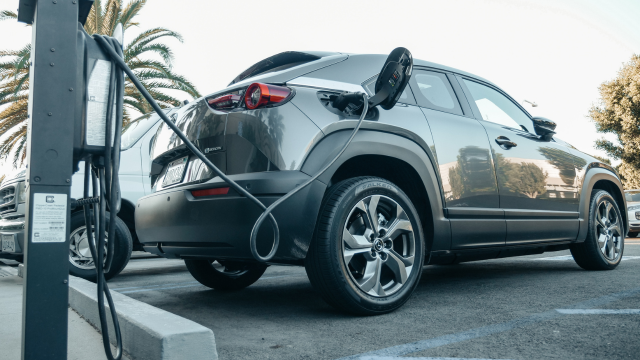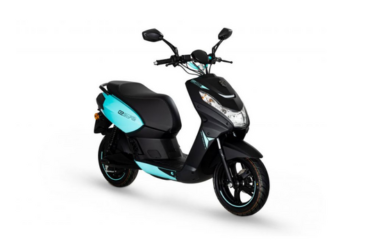Hydrogen, the most abundant element in the universe, powers fuel cell electric vehicles. Although a fuel cell vehicle uses electricity, it does it in a different way than a battery-powered or plug-in hybrid vehicle. Hydrogen reacts electrochemically in a fuel cell to produce electricity to power the vehicle. For more details about Hydrogen Fuel Cell Cars Benefits and What is Hydrogen Fuel Cell Cars? Read the post till the end.
Hydrogen Fuel Cell Cars Benefits
As governments attempt to meet pledges to reduce carbon emissions and limit the use of fossil fuels, several automakers are searching for alternate ways to power cars and other vehicles. This covers the development of technology for both electric vehicles and vehicles fueled by hydrogen fuel cells. So, let’s have a look at the advantages of hydrogen fuel cell cars.
- Reduced Oil Dependence
Because hydrogen can be generated from indigenous sources, FCVs have the potential to minimize our reliance on foreign oil. Natural gas and coal are among these sources, as are renewables such as water, biogas, and agricultural waste. This would reduce our reliance on other countries and make us less subject to oil price shocks from an increasingly volatile oil market.
- Renewable and Readily Available
Hydrogen is the most abundant element in the universe, and despite the difficulties in obtaining it from water, it provides an abundant and sustainable source of energy that is ideal for our future zero-energy needs. In the case of combined heat and power, carbon is used.
- More Powerful and Energy Efficient
Hydrogen fuel cell technology provides a high-density, energy-efficient source of energy. By weight, hydrogen possesses the most energy of any common fuel. High-pressure gaseous and liquid hydrogen have a volumetric energy density similar to natural gas and a gravimetric energy density 3 times that of diesel and LNG (about 120MJ/kg).
- The Energy Storage
Hydrogen is a kind of energy storage. Energy stored as hydrogen in gas or liquid form can never be lost until needed, making it ideal for emergency generators and other critical energy applications. Other types of energy storage, such as batteries and capacitors, lose stored energy over time and need to be recharged regularly, even when not in use.
Hydrogen-Powered Cars Environmental Benefits
- Less Air Pollutants
In the United States, highway cars contribute significantly to smog and dangerous particles, but FCVs fueled by pure hydrogen release no harmful pollutants. The production of hydrogen from fossil fuels produces some emissions, although far less than traditional cars.
- Less Greenhouse Gas Emissions
Vehicles fueled by gasoline or diesel release greenhouse gases (GHGs), primarily carbon dioxide (CO2), which contribute to climate change. Pure hydrogen-powered fuel cell vehicles (FCVs) generate no tailpipe GHGs, only heat, and water.
Depending on the manner of manufacturing, hydrogen for FCVs can emit GHGs. Nonetheless, it emits far fewer GHGs than typical gasoline and diesel automobiles.

What are Hydrogen Fuel Cell Cars?
Electric vehicles (EVs) and Hydrogen Fuel Cell Cars (FCVs) are similar to in that they power their wheels with an electric motor rather than an internal combustion engine. FCVs, on the other hand, create their own electricity rather than relying on batteries that must be recharged. In a fuel cell, hydrogen (H2) gas from the vehicle’s fuel tank reacts with oxygen (O2) from the air to produce electricity, leaving only water and heat as waste products.
Hydrogen Fuel Cell Cars How They Work
Fuel cell automobiles are propelled by compressed hydrogen gas, which is fed into an onboard fuel cell “stack” that converts the chemical energy of the fuel into electrical energy rather than burning it. The electric motors in the car are then powered by this electricity. There are no tailpipe emissions, and the only waste generated is clean water.
The fuel cell is constructed similarly to a battery. Hydrogen enters the anode and comes into touch with a catalyst, which aids in the separation of hydrogen atoms into electrons and protons. The electrons are collected by a conductive current collector that is connected to the car’s high-voltage circuitry and feeds the onboard batteries and/or the wheel-turning motors.
- Fuel Cell Stack: A collection of several fuel cells that mix oxygen and hydrogen to generate electricity and drive an electric motor.
- Fuel Tank: To provide fuel to the fuel-cell stack, hydrogen gas is kept in carbon-fiber reinforced tanks.
- Electric Motor: The car is powered by the energy produced in the fuel cell stack.
- Battery: Regenerative braking energy is captured and used to provide additional power to the electric motor.
- Exhaust: Water vapor is discharged through the exhaust pipe as a result of the process in the fuel cell stack.
Hydrogen Fuel Cell Cars Disadvantage
Only a few kinds of hydrogen fuel cell cars are now available for purchase or lease, and their availability is restricted to places with hydrogen fueling stations, primarily in California. Before FCVs can become a viable, competitive option for customers, they must overcome a number of disadvantages.
- Vehicle Cost
Currently, FCVs are more expensive than traditional automobiles and hybrids. Costs, on the other hand, have reduced dramatically and are approaching the DOE’s 2020 target (see graph). For FCVs to compete with conventional vehicles, carmakers must continue to reduce prices, particularly for the fuel cell stack and hydrogen storage.
- Getting Hydrogen to Consumers
The current infrastructure for manufacturing and delivering hydrogen to customers is insufficient to allow wide-scale deployment of FCVs. H2USA was established in 2013 as a public-private cooperation involving the Department of Energy and other federal agencies, as well as automakers, state governments, academic institutions, and other stakeholders.
Its mission is to coordinate research and identify cost-effective hydrogen infrastructure deployment solutions. More than 50 public stations, largely in California, should be ready by the end of 2015. This is a critical first step in making hydrogen available to the general public.
- Fuel Cell Durability and Reliability
In various temperature and humidity ranges, fuel cell devices are not as durable as internal combustion engines. The durability of on-road fuel cell stacks is now roughly half of what is required for commercialization. Although durability has improved significantly in recent years, from 29,000 to 75,000 miles, experts predict FCVs will need to reach a 150,000-mile projected lifetime to compete with gasoline vehicles.
- Public Education
Before the benefits of FCVs can be realized, customers must accept them. When these vehicles initially hit the market, people may have reservations about their dependability and safety, as with any new automotive technology. They also need to learn how to use a new type of gasoline. This process can be accelerated through public education.
Fueling and the Driving Range
The process of the refueling a hydrogen FCV is similar to that of a car. Fill the tank by plugging in a nozzle from an approved hydrogen dispenser at a public station. Refueling times are also comparable: FCVs can be refueled in less than 5 minutes.
Some FCVs can go over 300 miles on a single tank of hydrogen fuel, which is more than the distance between St. Louis and Chicago, and have a fuel economy of around 70 MPGe (miles per gasoline gallon equivalent).
We have mentioned all the necessary or important details about the Hydrogen Fuel Cell Cars Benefits. We will keep posting these kinds of topics so keep visiting our website.
| Homepage | EV Cars |











Leave a Review